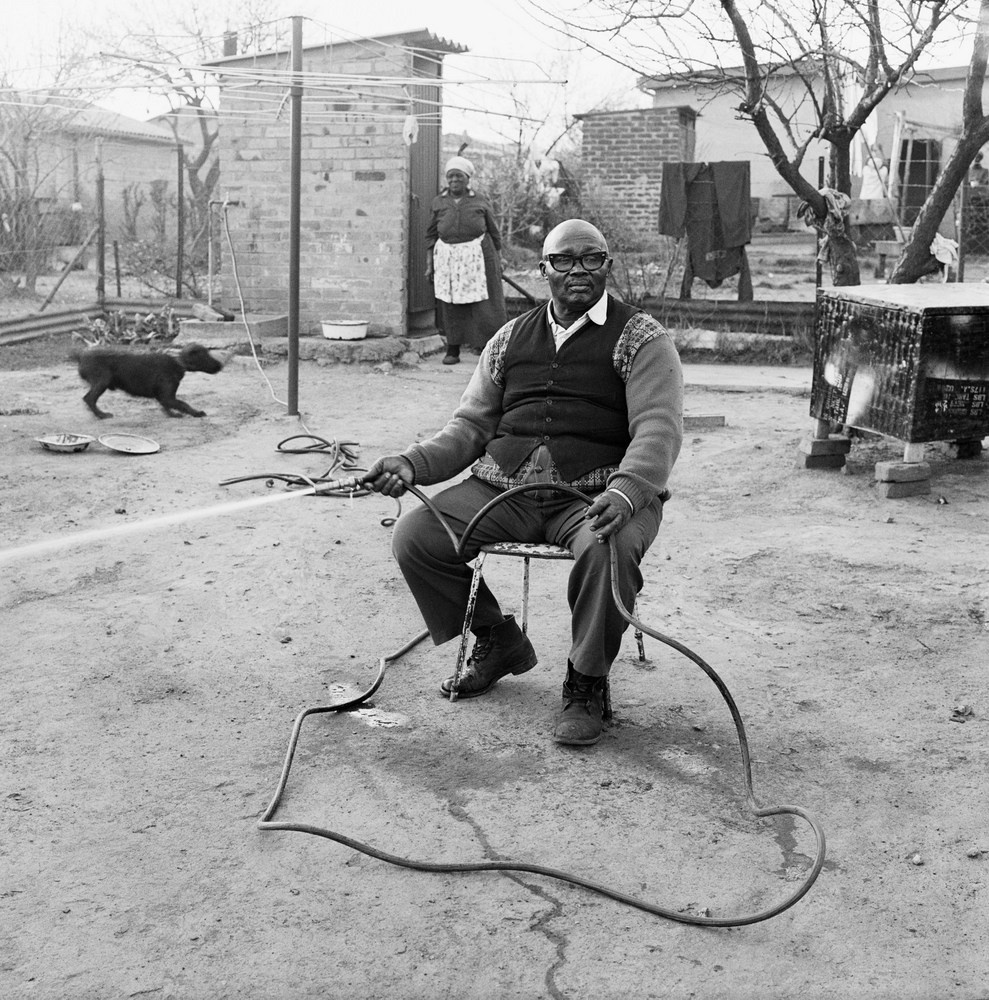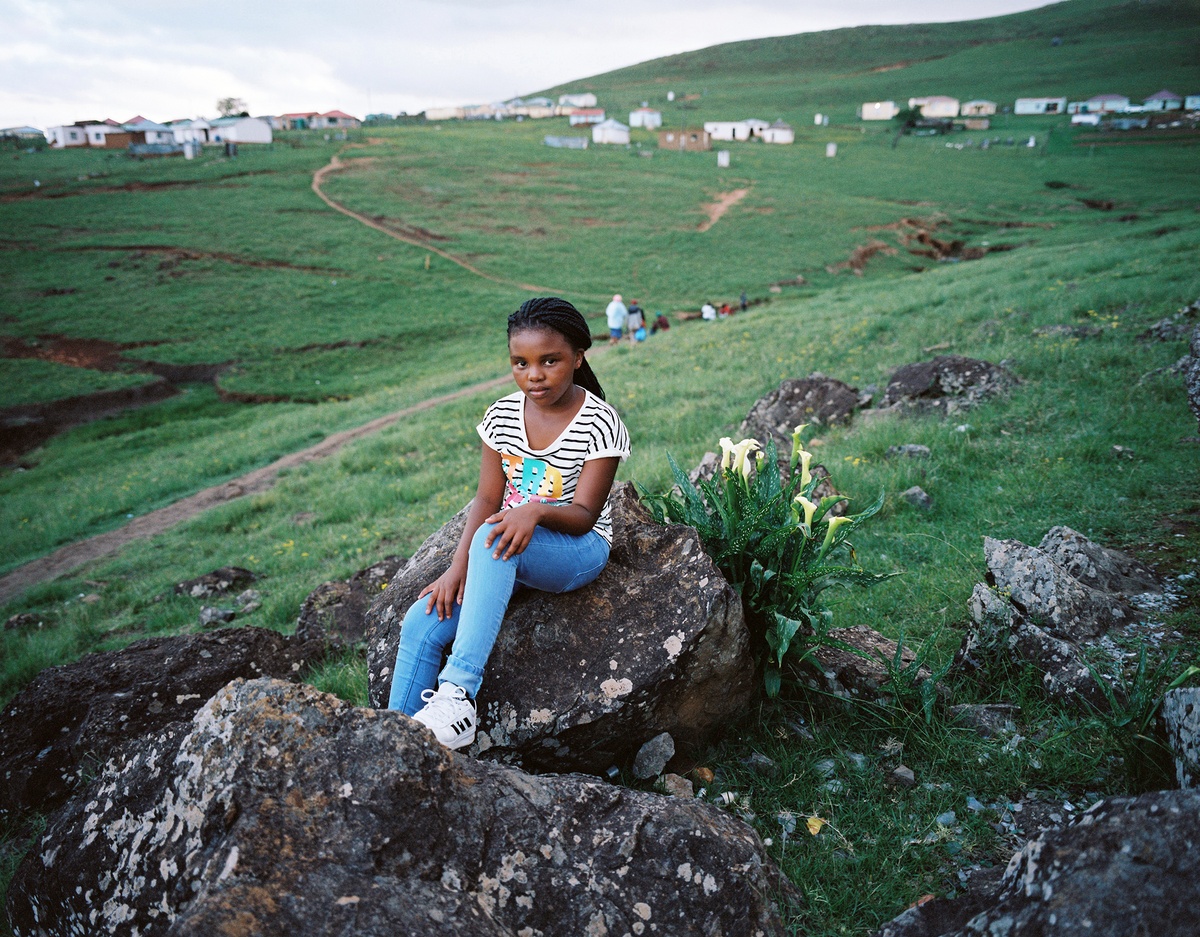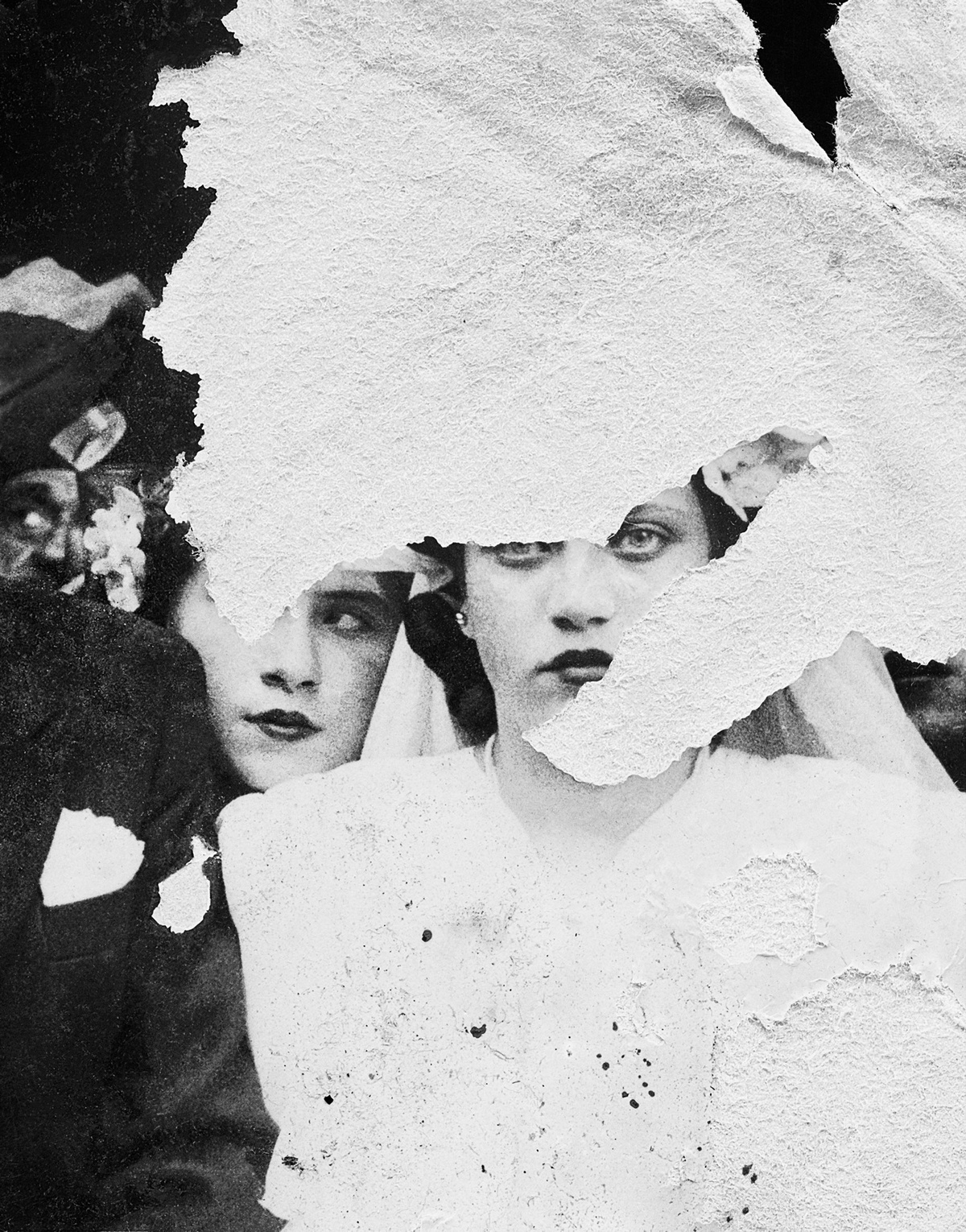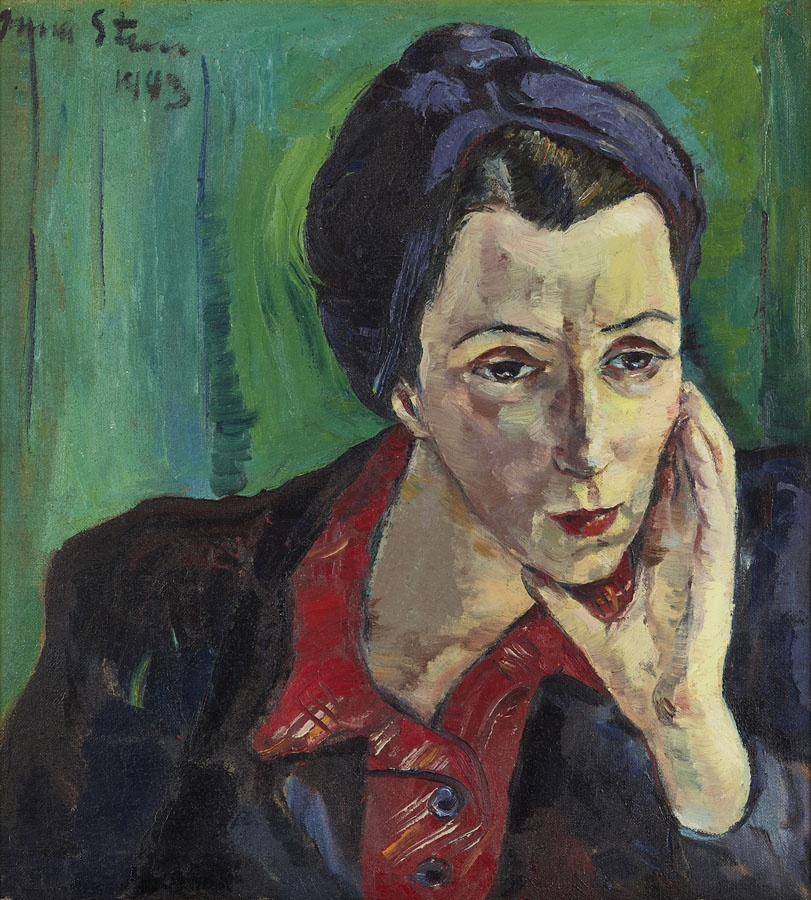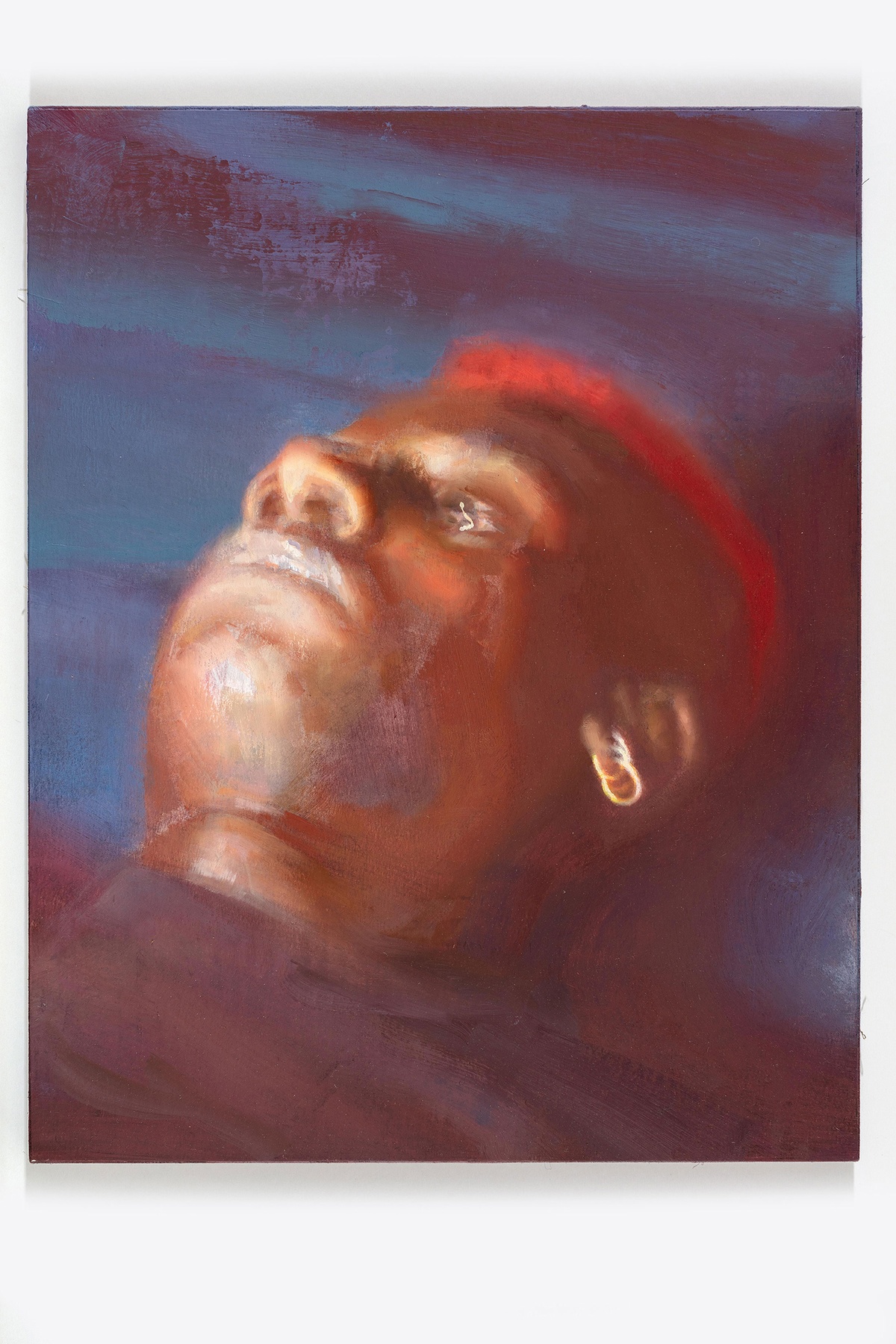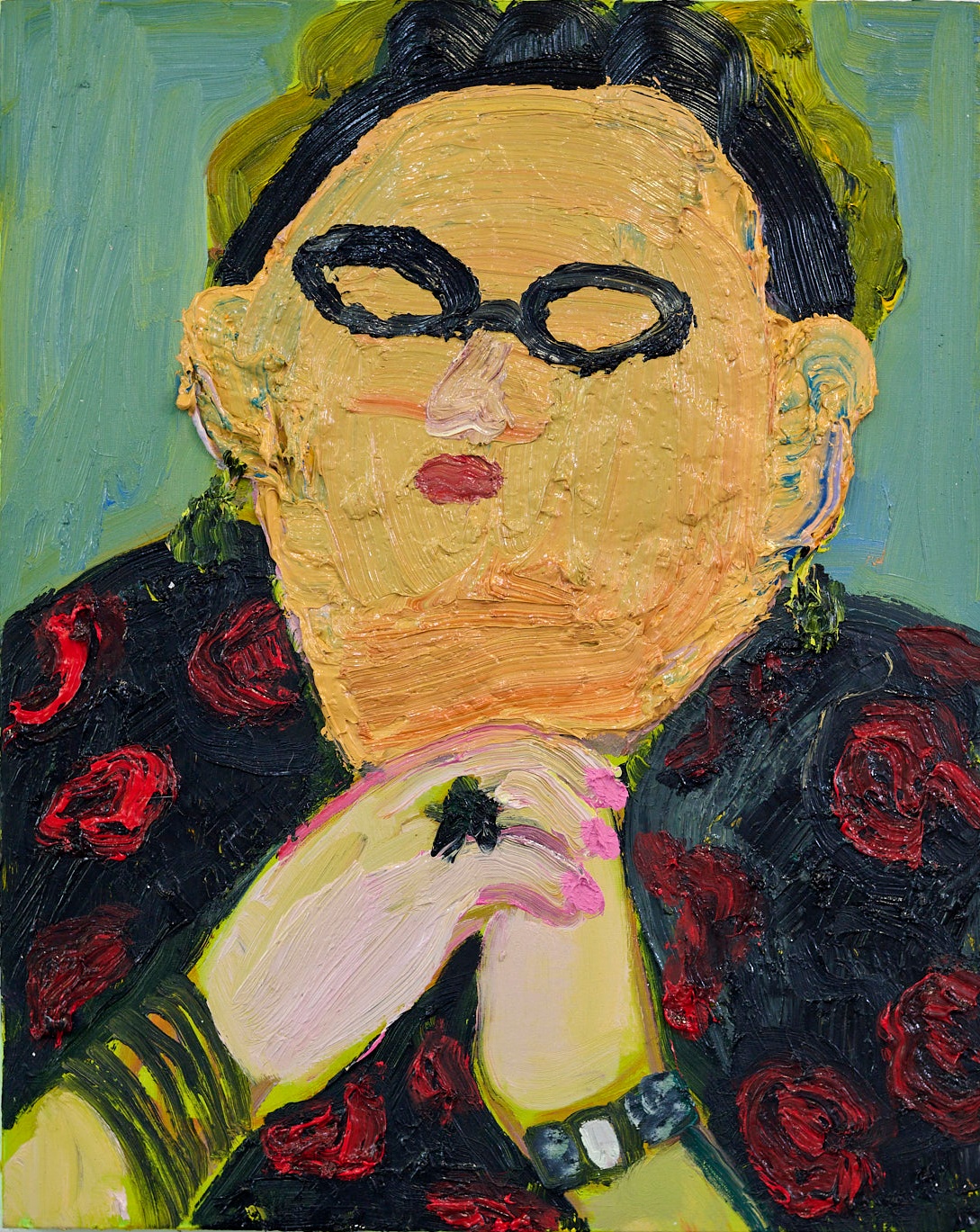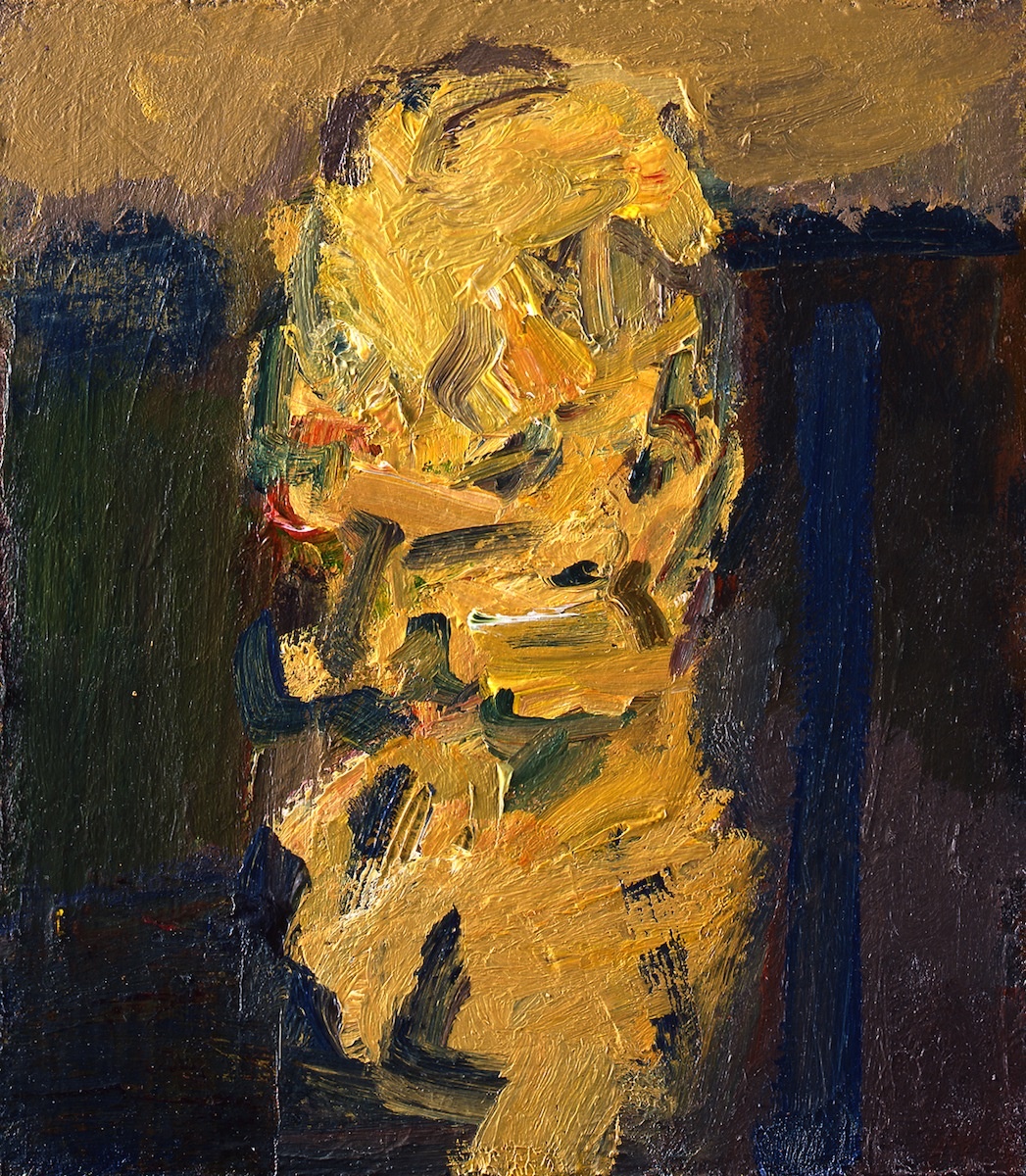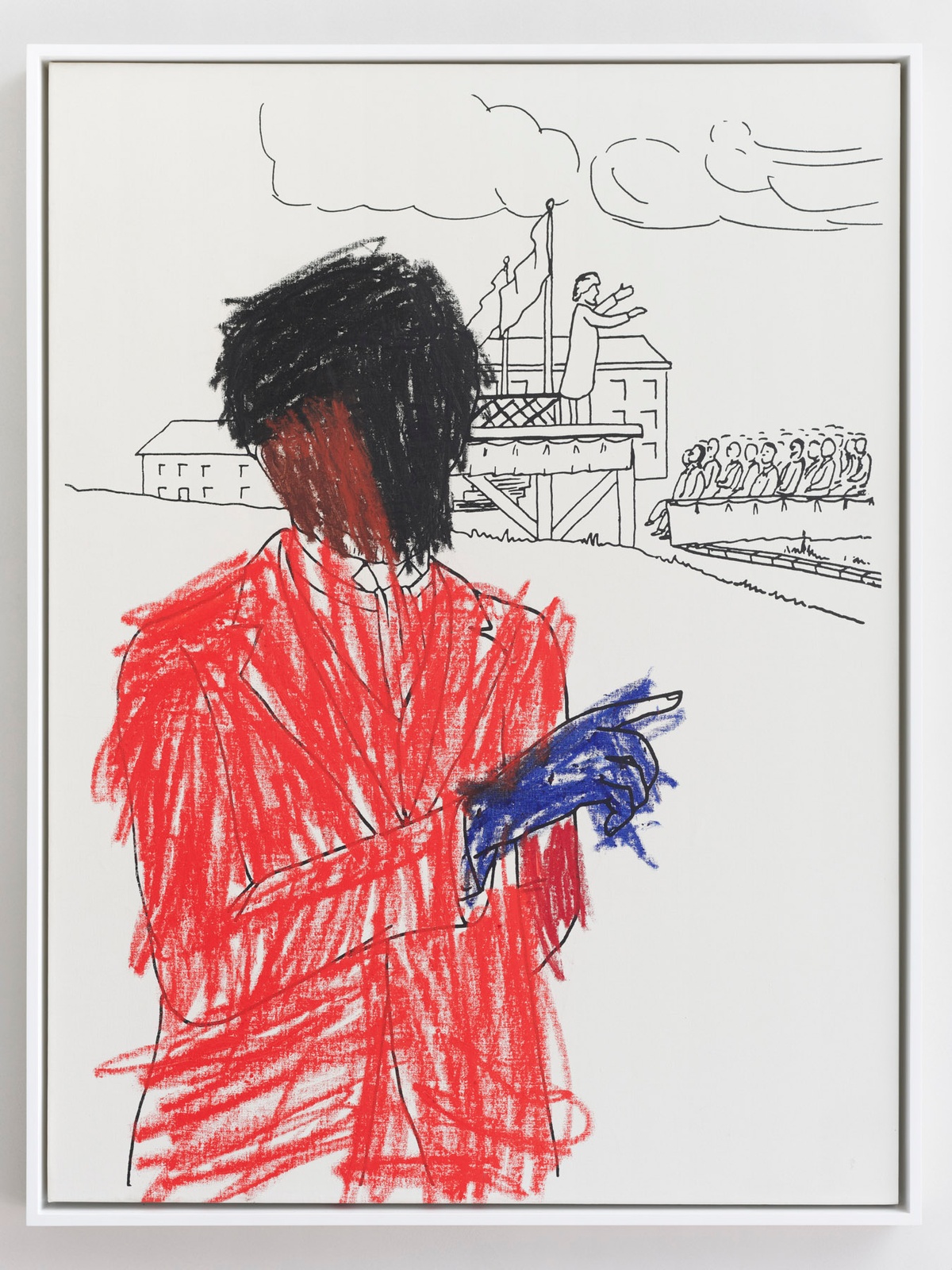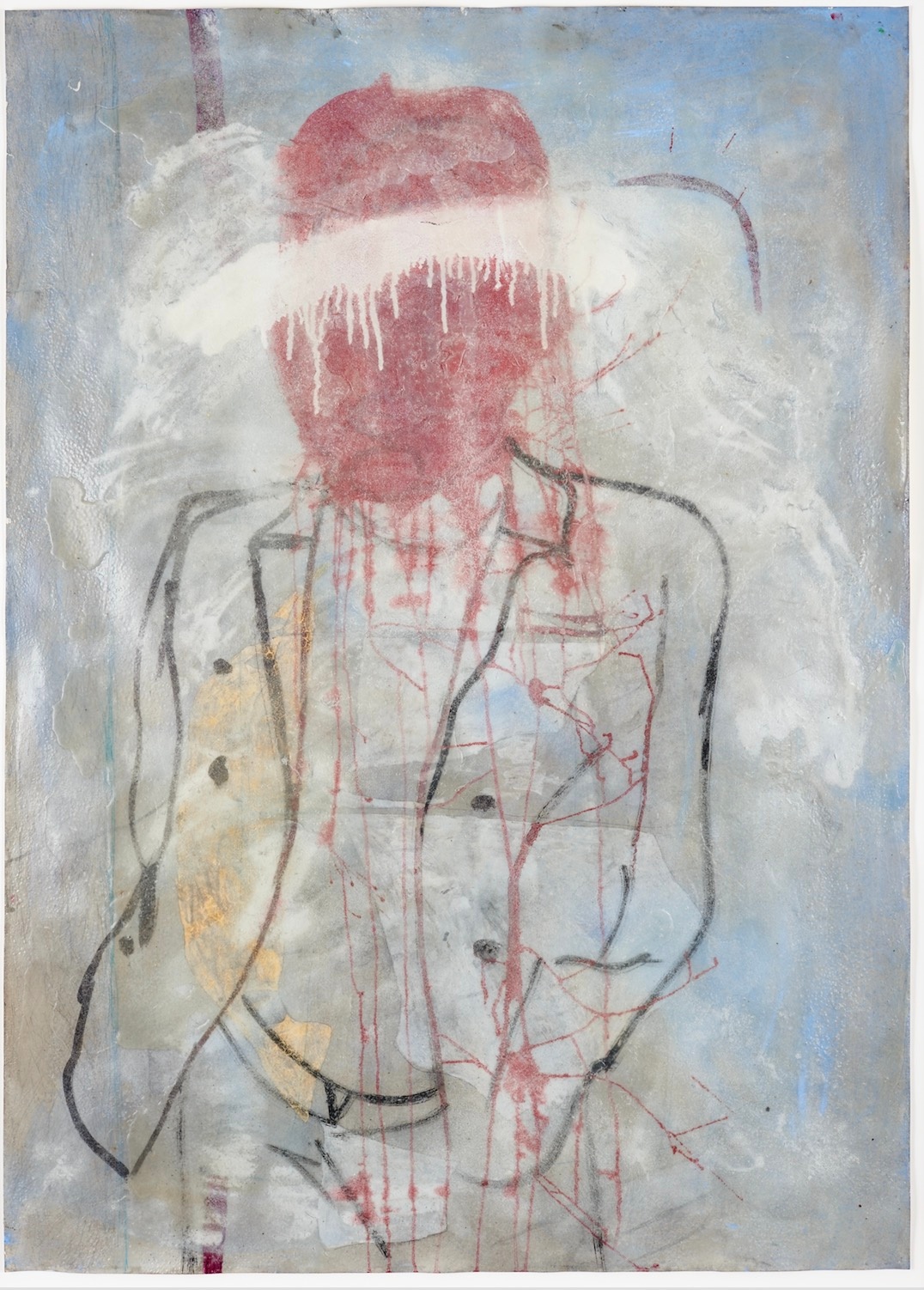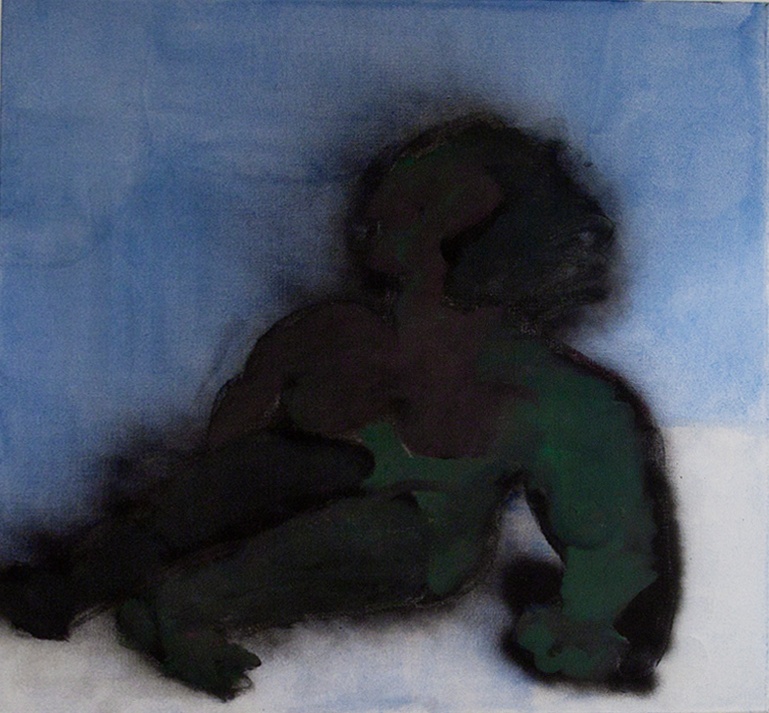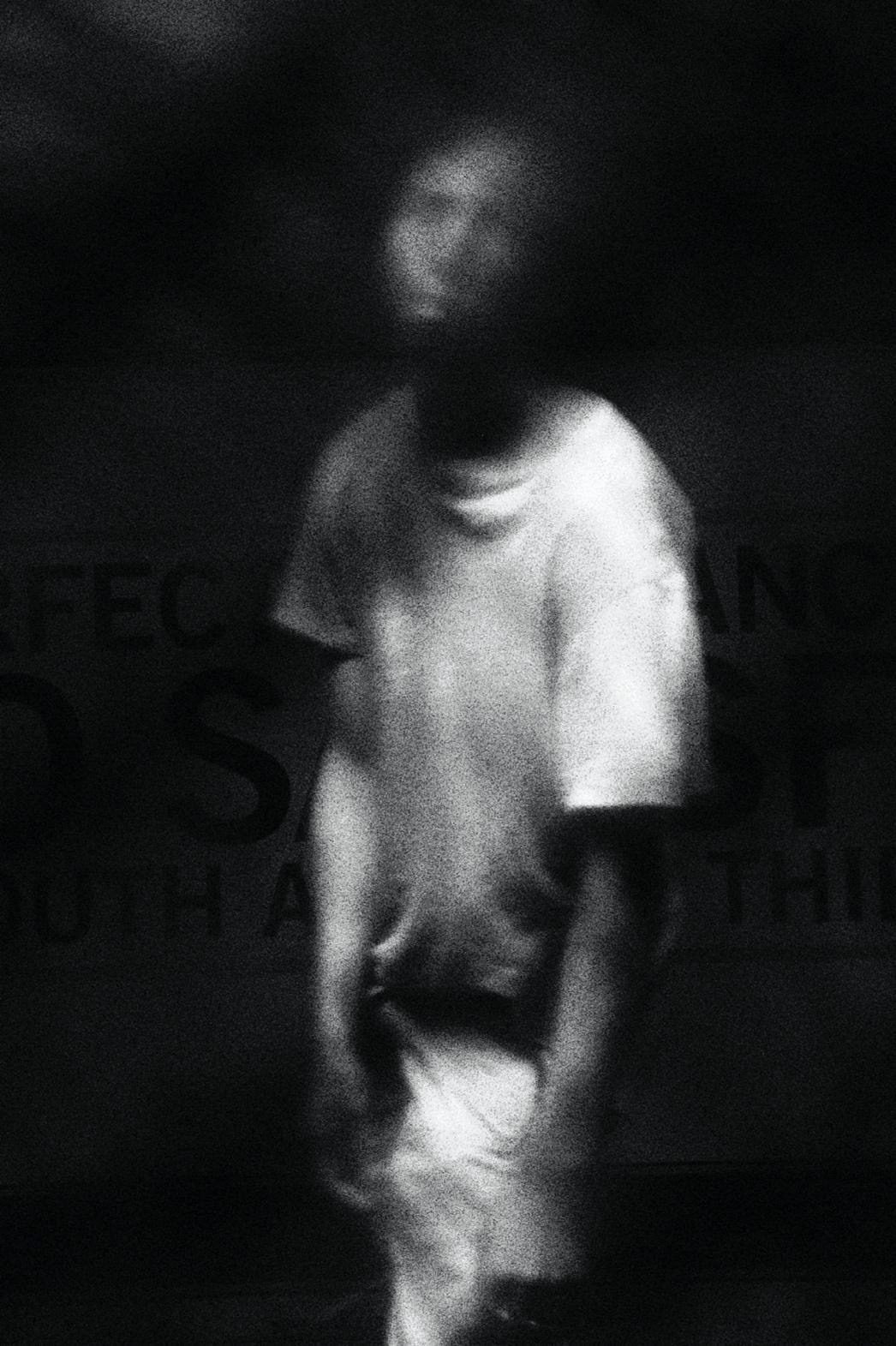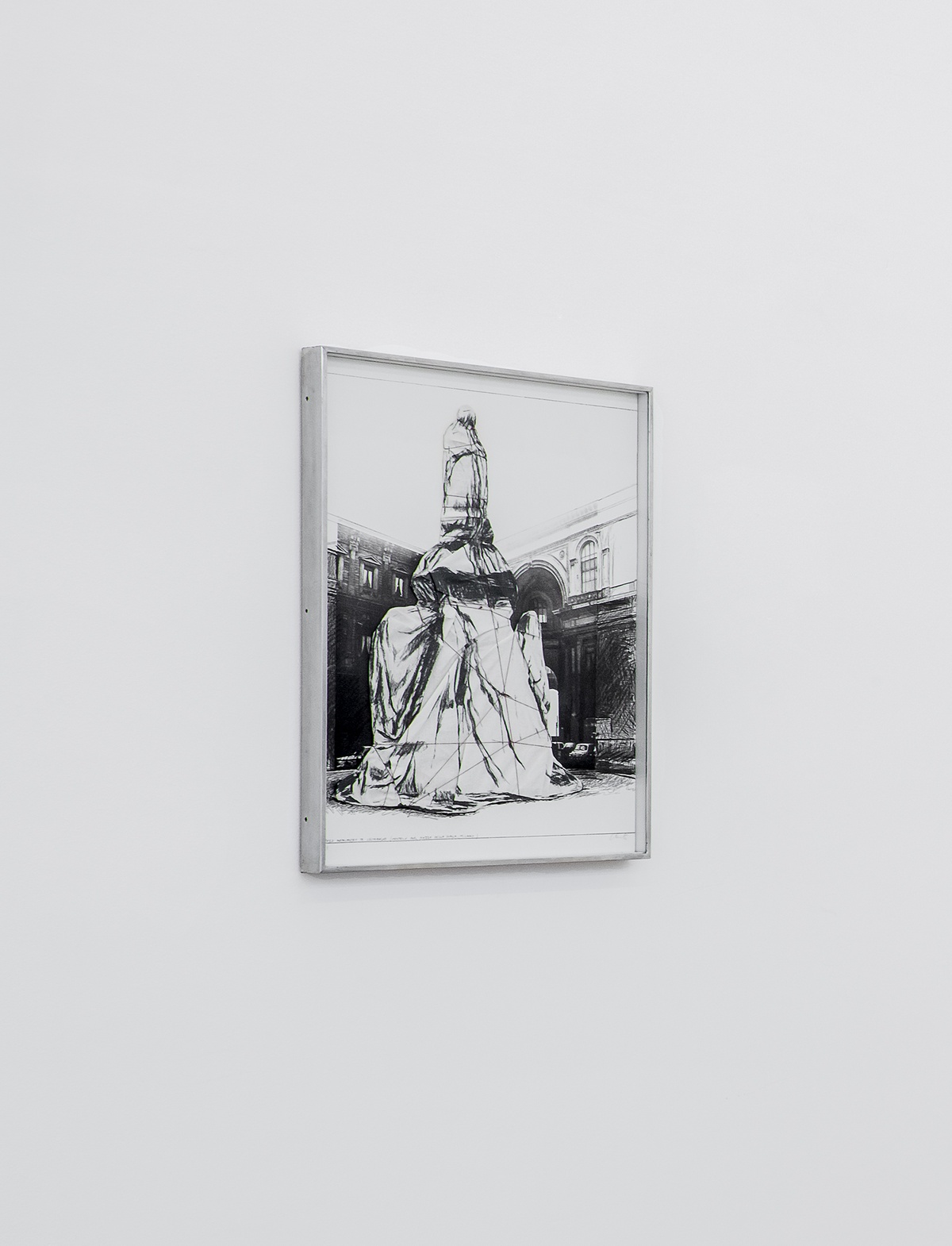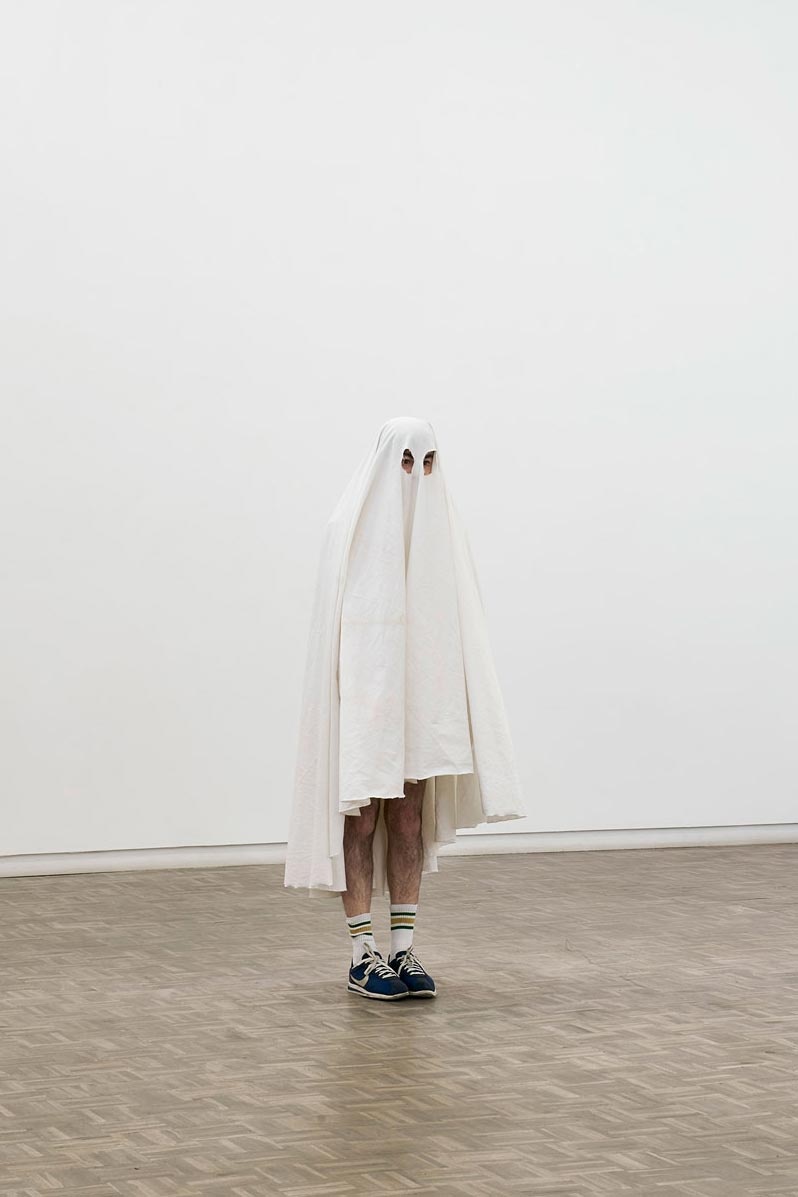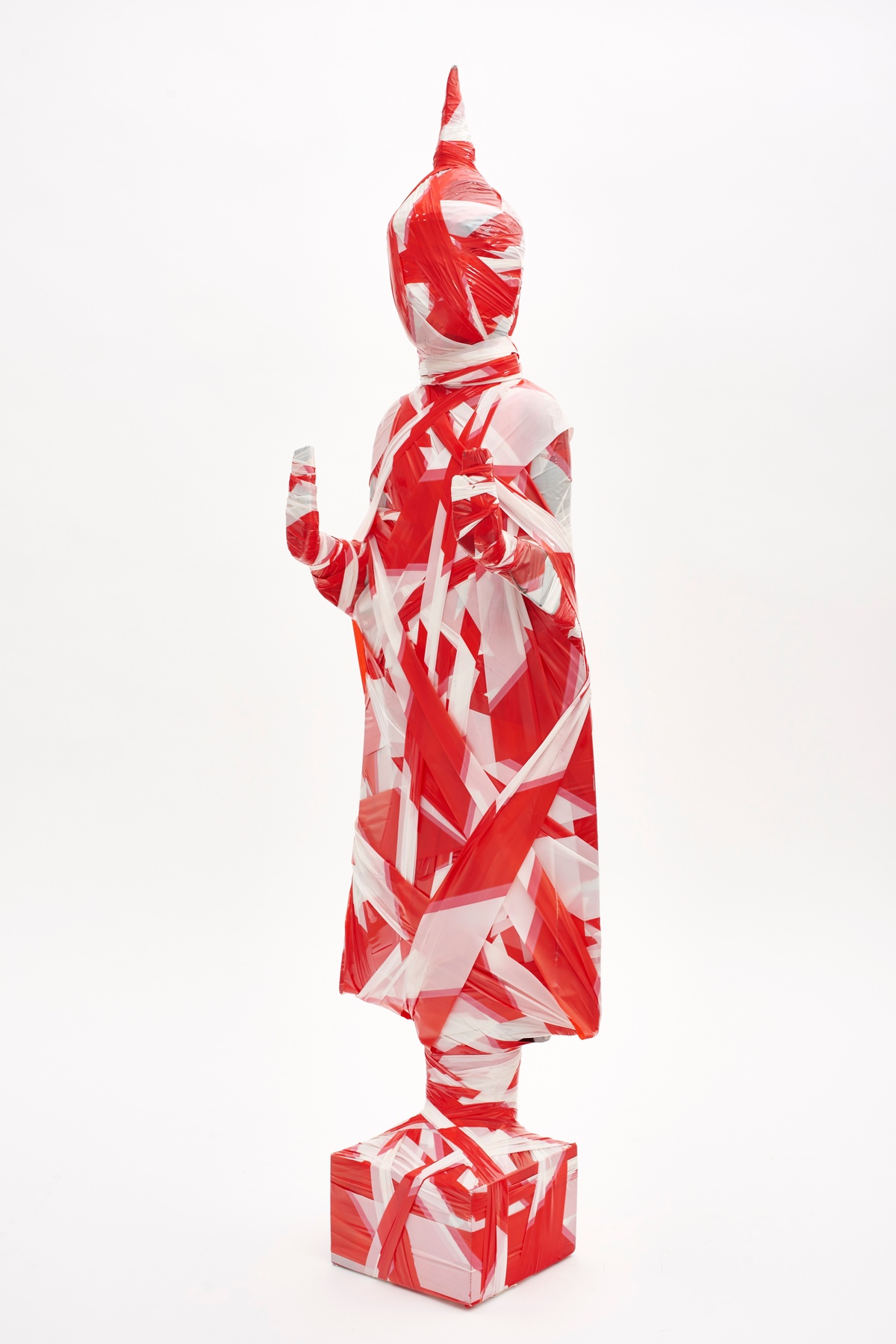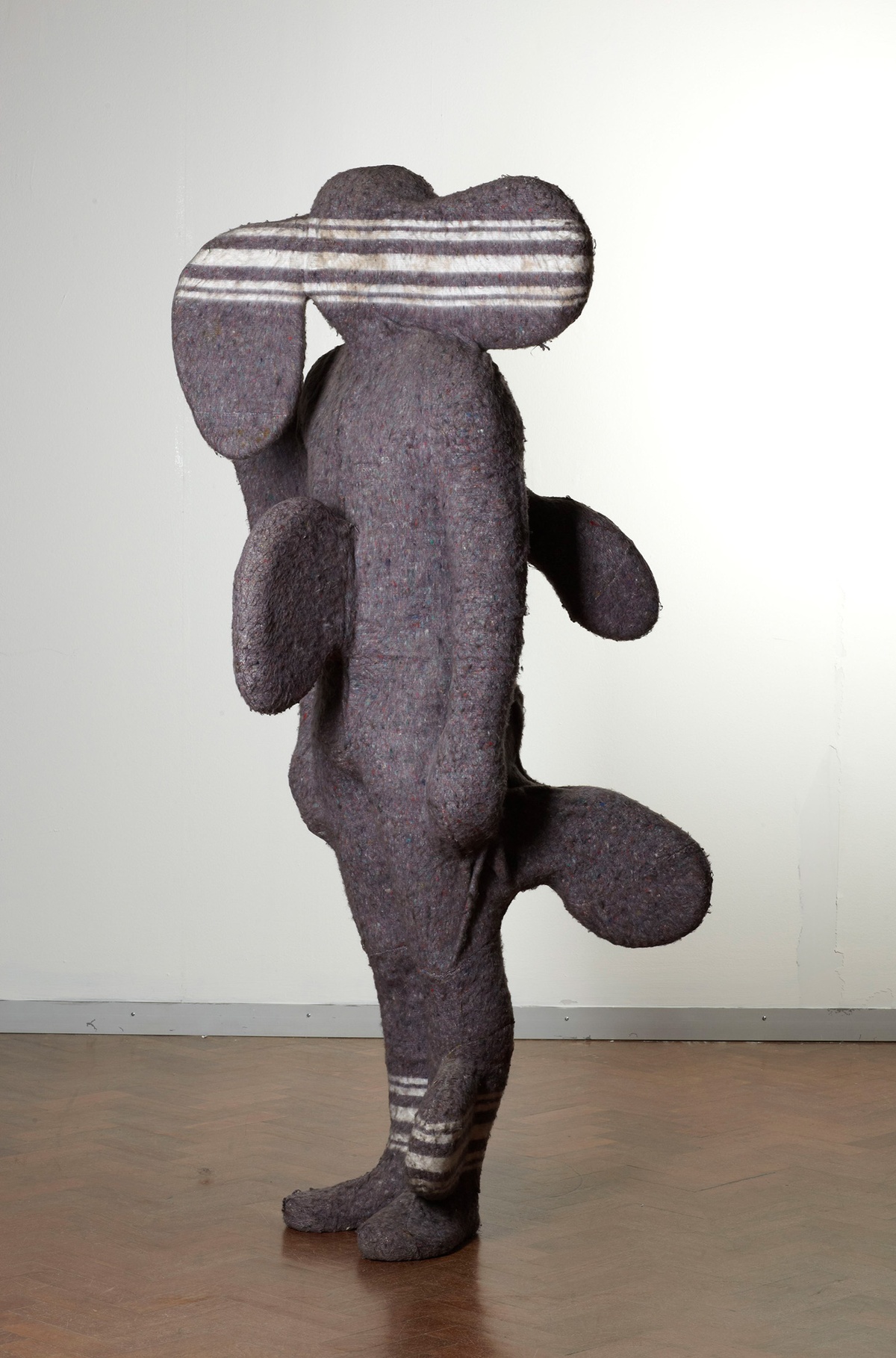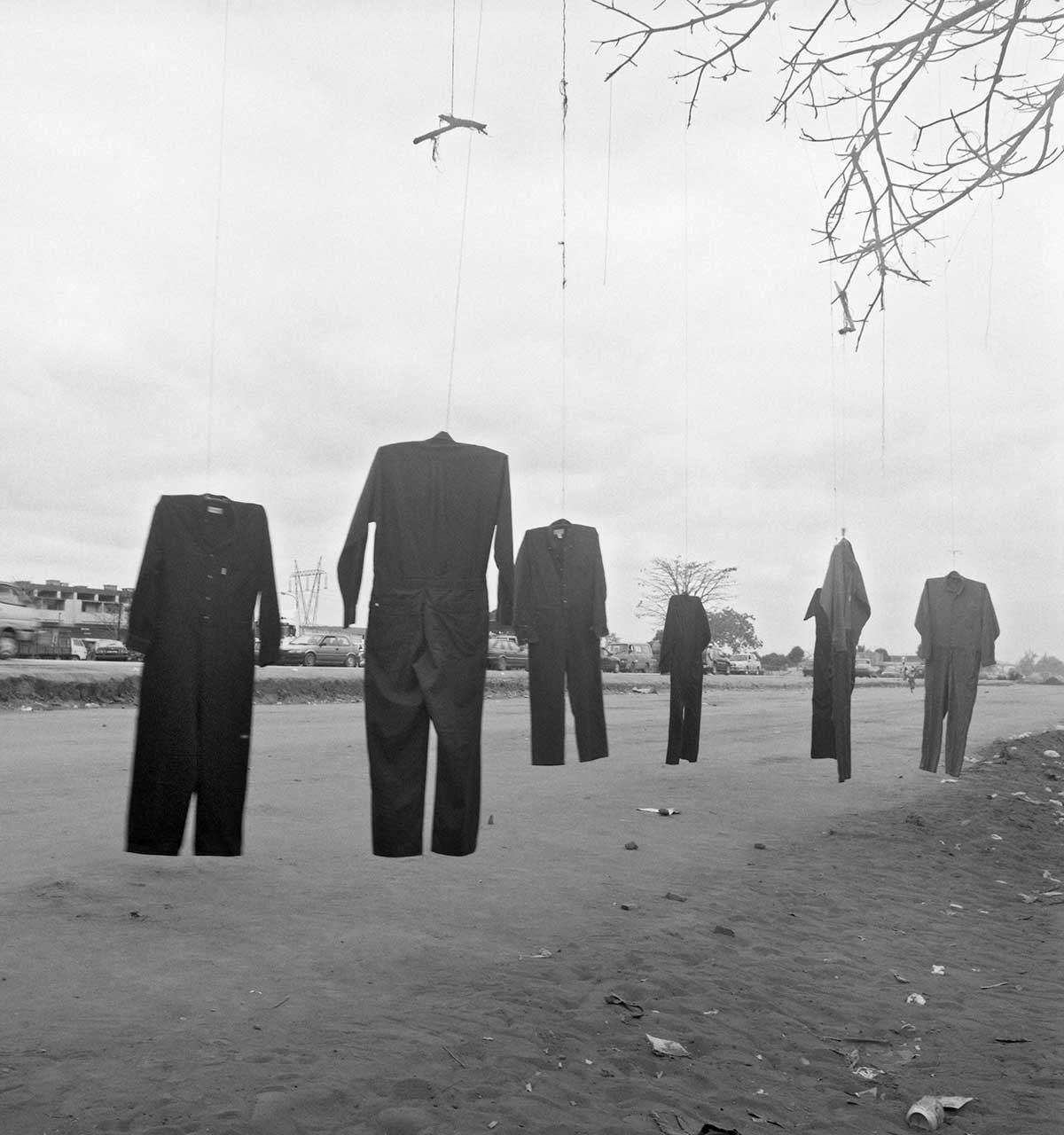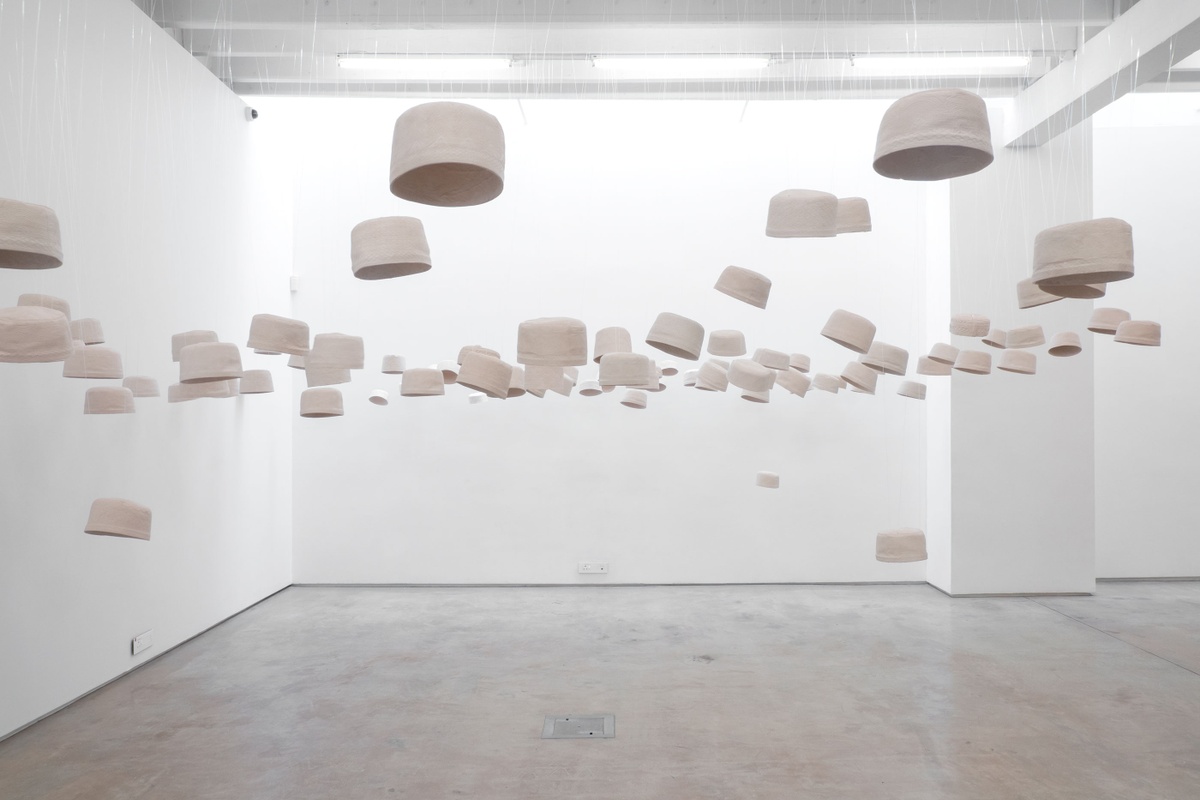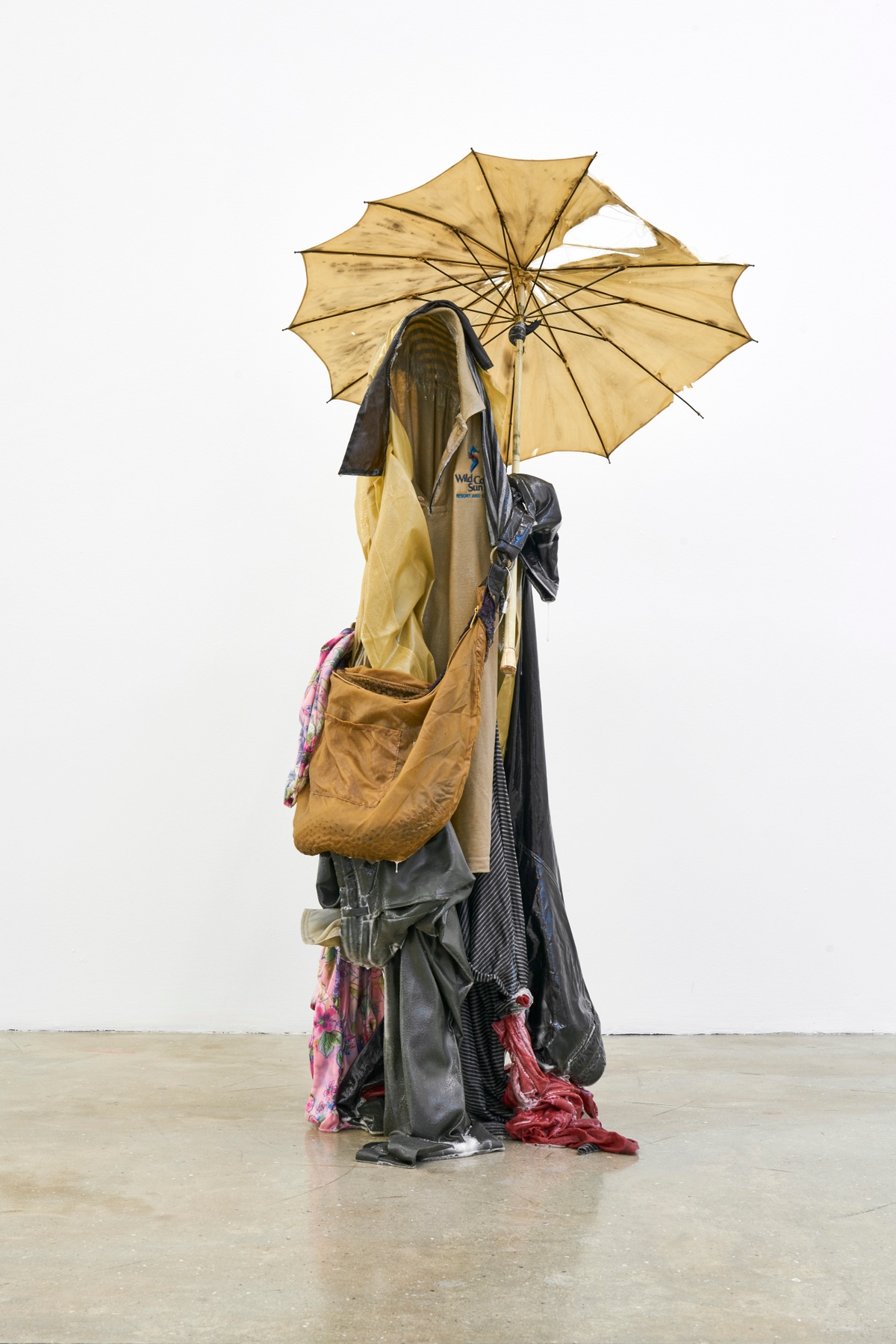Huma Bhabha
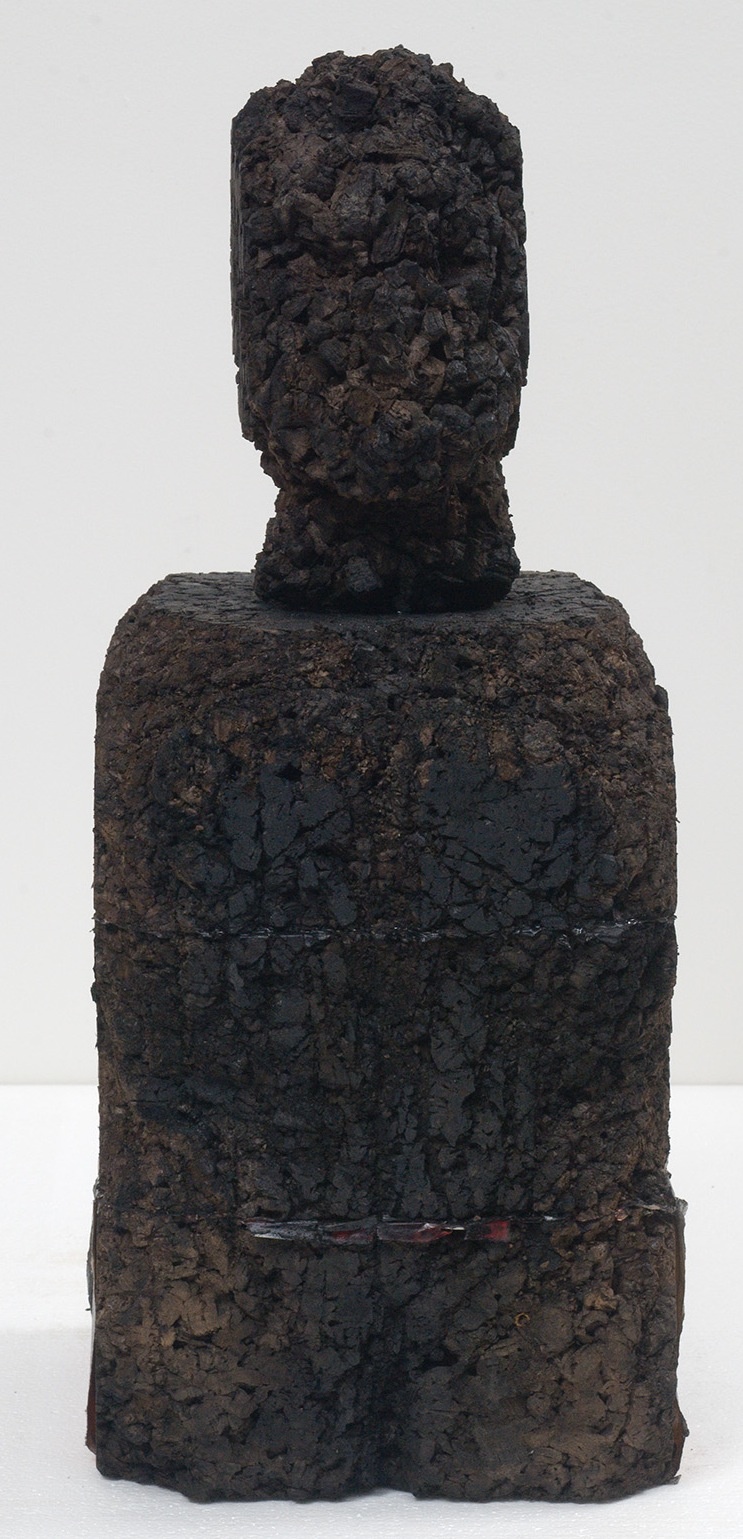
Untitled appears as an object unearthed from some archaeological ruin – its symmetrical, rudimentary figuration echoing that of archaic statuary. The work’s surface is pitted and uneven, its form worked with the artist’s chisels, saws and knives. Scarred and scratched, the figure evokes past violence, appearing as a spectre from ancient history. Without features to define its face or form, the figure’s import remains unclear. Is it a deity or demon? A symbol of survival or a harbinger of destruction? Bhabha offers no sign, allows the work its ambiguity. She gives the viewer only the tactile presence of its rough-hewn form – without title, without suggestion.
b.1962, Karachi
To Huma Bhabha’s work is assigned a cornucopia of adjectives, among them “uniquely grotesque”, “haunting”, “dystopic”, and such descriptive pairings as “ghastly and sympathetic”, “industrial and barbaric”, “crooked and monstrous”. And indeed, her work is all these things, evoking something of Dr. Frankenstein’s creation and the many other monsters that stalk literature and film. Bhabha’s dark figures, however, are less a threat than divine omen. They appear as monuments to a world of entropy, a vision of an apocalyptic future. “I’m from a broken place, living in a breaking world,” the artist says of her childhood in post-colonial Pakistan and life in post-9/11 America. Congealed in Bhabha’s ominous forms are a disparate array of references – the art of antiquity and modernism, totems and sacred objects, science fiction and speculative fiction. Most are carved from dark cork, with its acrid odour and rough finish; others are made from salvaged materials. Almost all appear burnt, dissected or dismembered, as if Bhabha’s many monsters, having already weathered some great catastrophe, silently await the next.
